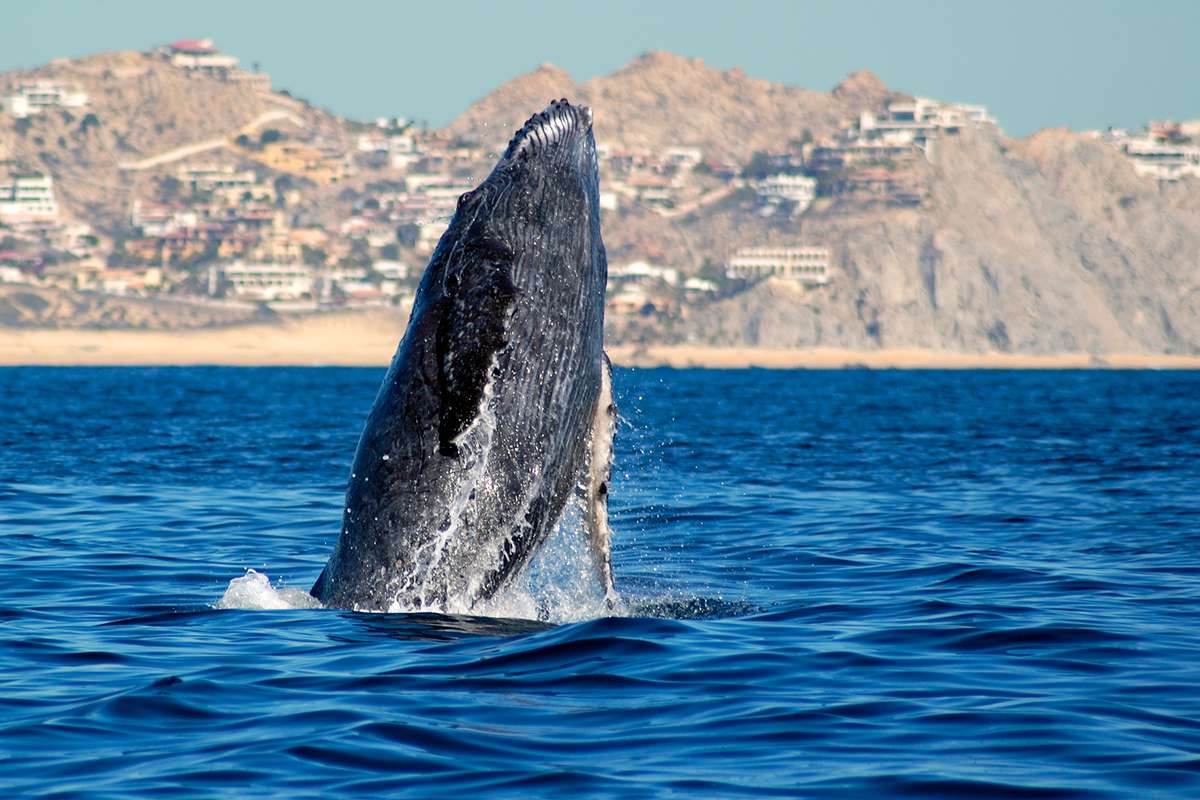Mexico has earned its status as one of the most-visited destinations in the world. Nailing down the best time to visit completely depends on where you want to go and what you want to do. This is a giant country with microclimates and a staggeringly diverse topography: There are golden beaches and rugged canyons, sultry cities and high-altitude colonial towns. You may bask on a jungle-backed beach by day and cozy up to a fireplace in the mountains by night.
Whether you’re seeking balmy beaches, cheap flights and hotels, stunning wildlife, or colorful fiestas, these are the best times to visit Mexico for every type of getaway.
Mexico Seasons At a Glance
- High season (December through April, when most of the country experiences its driest weather)
- Shoulder seasons (July and August)
- Low season (May, June, and September through early November)
The Most Affordable Times to Visit Mexico
Airfare and accommodation prices tend to mirror the high and low seasons. Flights, hotels, and other travel expenses can surge starting in mid-December, when visitors from the U.S. escape the frigid winter weather and take advantage of the holiday break. However, you can reliably save on travel costs by booking during the low season when demand is lower.
Low season is dominated by the rainy season, which runs from June to October. Central Mexico receives the most rainfall, but it might not be as bad as you think: Beach areas are less crowded than the winter peak and rain usually comes in the form of short afternoon storms before the sunshine cracks back out. These brief bursts might just be a welcome relief to the heat and humidity and offer a nice time for a siesta. August, September, and October are the wettest months (September is the eye of the hurricane season, with lashing rains on both coasts), and airfare and hotel costs should reflect this.

Credit: M Swiet Productions/Getty Images
Best Times to Visit Mexico for Great Weather and Reasonable Costs
The dry-season months of November to March promise the nicest, balmiest weather, though airfare and lodging prices are higher and crowds are more intense during this time. Dry, warm November may be the most ideal month to visit overall, offering a sweet spot between the heavy fall rains and beginning of high season. (Other November pros: Depending on your timing and whereabouts, you might catch Día de los Muertos festivities or the magnificent monarch butterfly migration.)
The high-season month of January is another great option for travel, as there are often good deals to be found after the New Year holiday and before the winter and spring break frenzy, which begins in February.
Best Times to Visit Mexico for Whale Watching

At various points in the year, migrating whales spend time in the warm waters off both Mexican shorelines. From December to March, travelers to Baja or elsewhere on the Pacific might spot humpback, gray, and even enigmatic blue whales on their epic ocean journeys. Humpbacks love sheltered Bahía de Banderas off Puerto Vallarta; the best times to see them are January and February. Between November and April, you can snorkel with whale sharks off Espíritu Santo or dive the protected waters of Cabo Pulmo (the only coral reef on the west coast of North America).
On the opposite coast, whale-shark season lasts from mid-May to mid-September. Boat tours depart Cancun for Isla Holbox and Isla Contoy, where travelers can swim with whale sharks and other sea creatures such as manta rays, turtles, and dolphins. June and July are the best months for this.
Source: T+L



